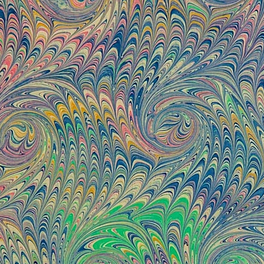
tchotchke
excerpts from the ongoing explorations of allegra rosenberg. topics of note: digital culture, fandom, fashion, north & south poles, public humanities, music & TV.
By registering you agree to Substack's Terms of Service, our Privacy Policy, and our Information Collection Notice